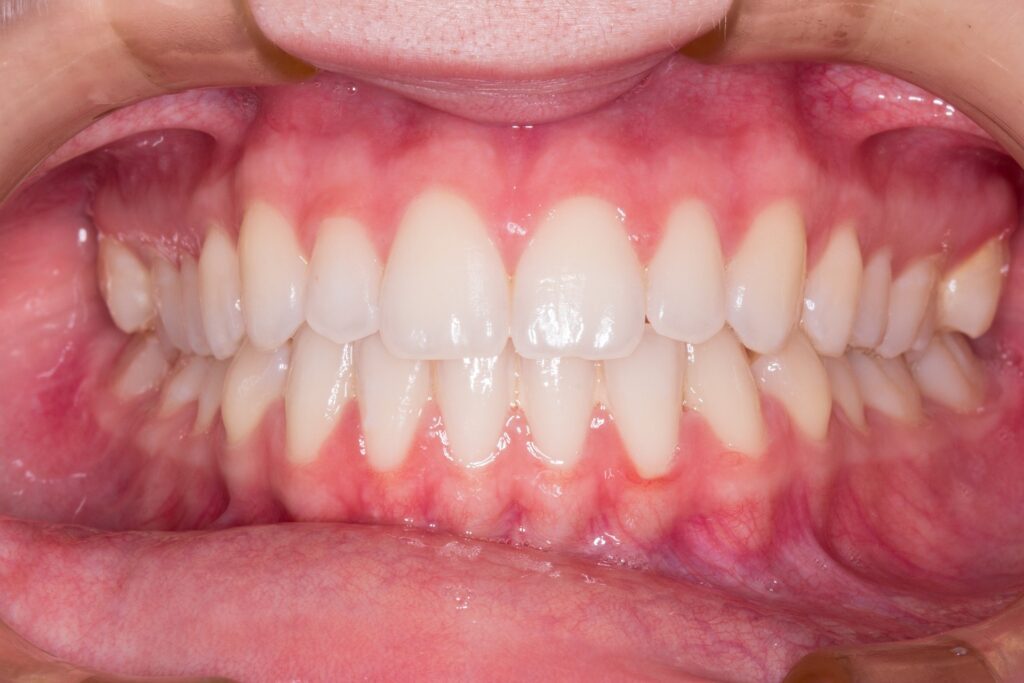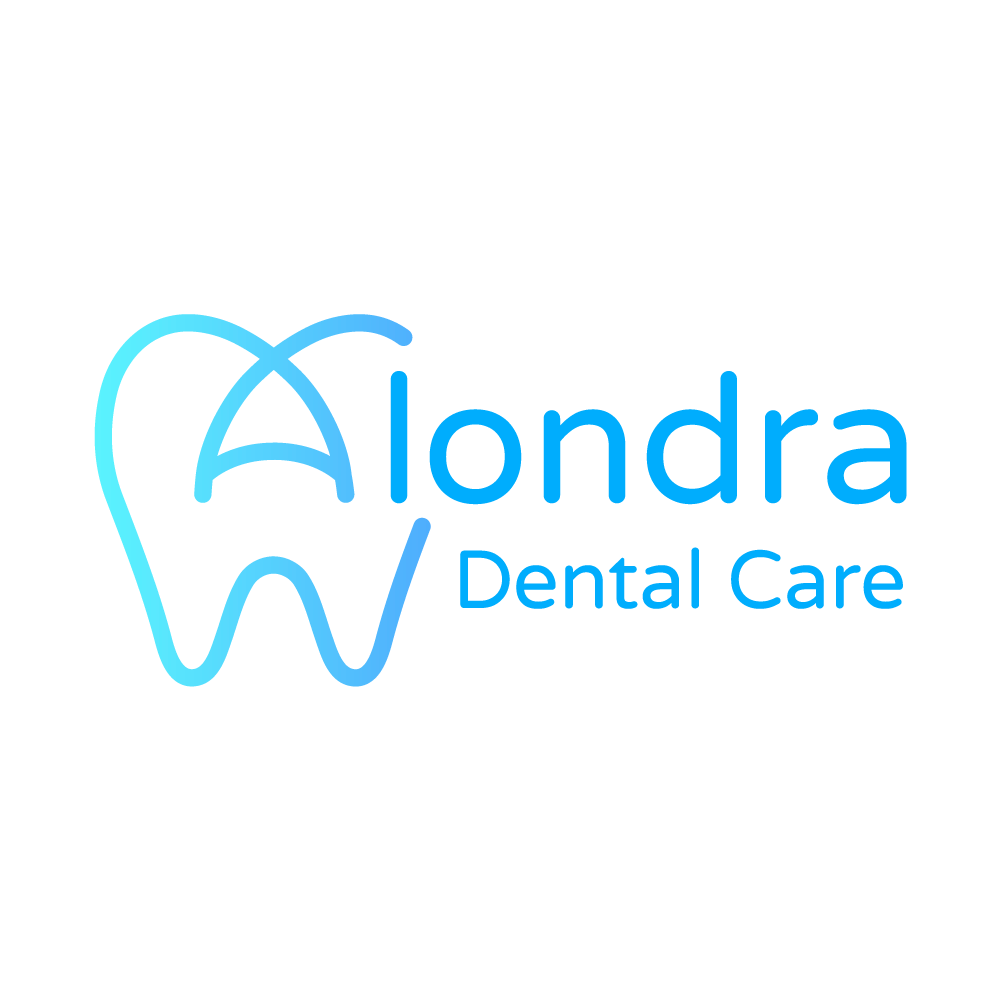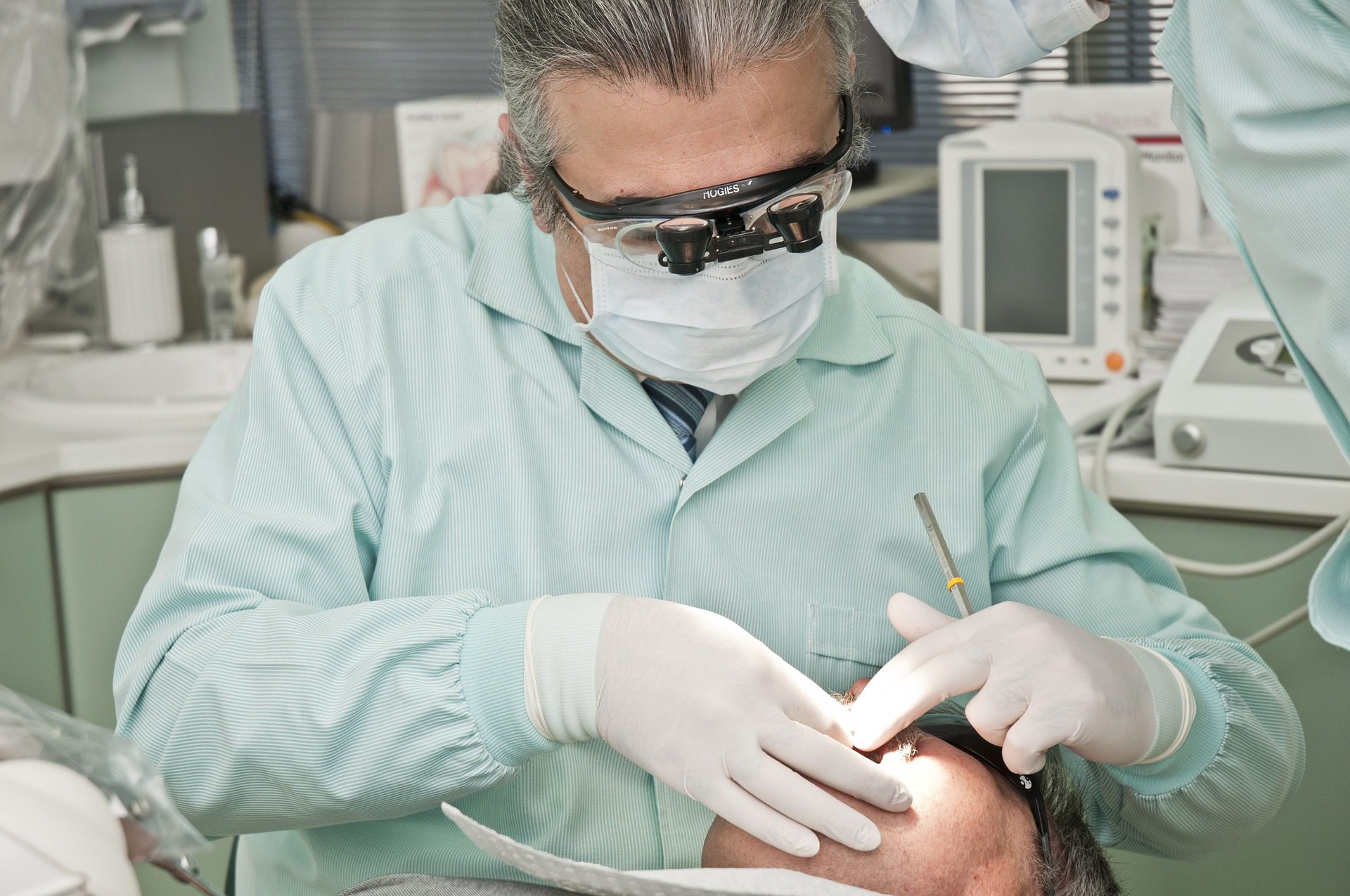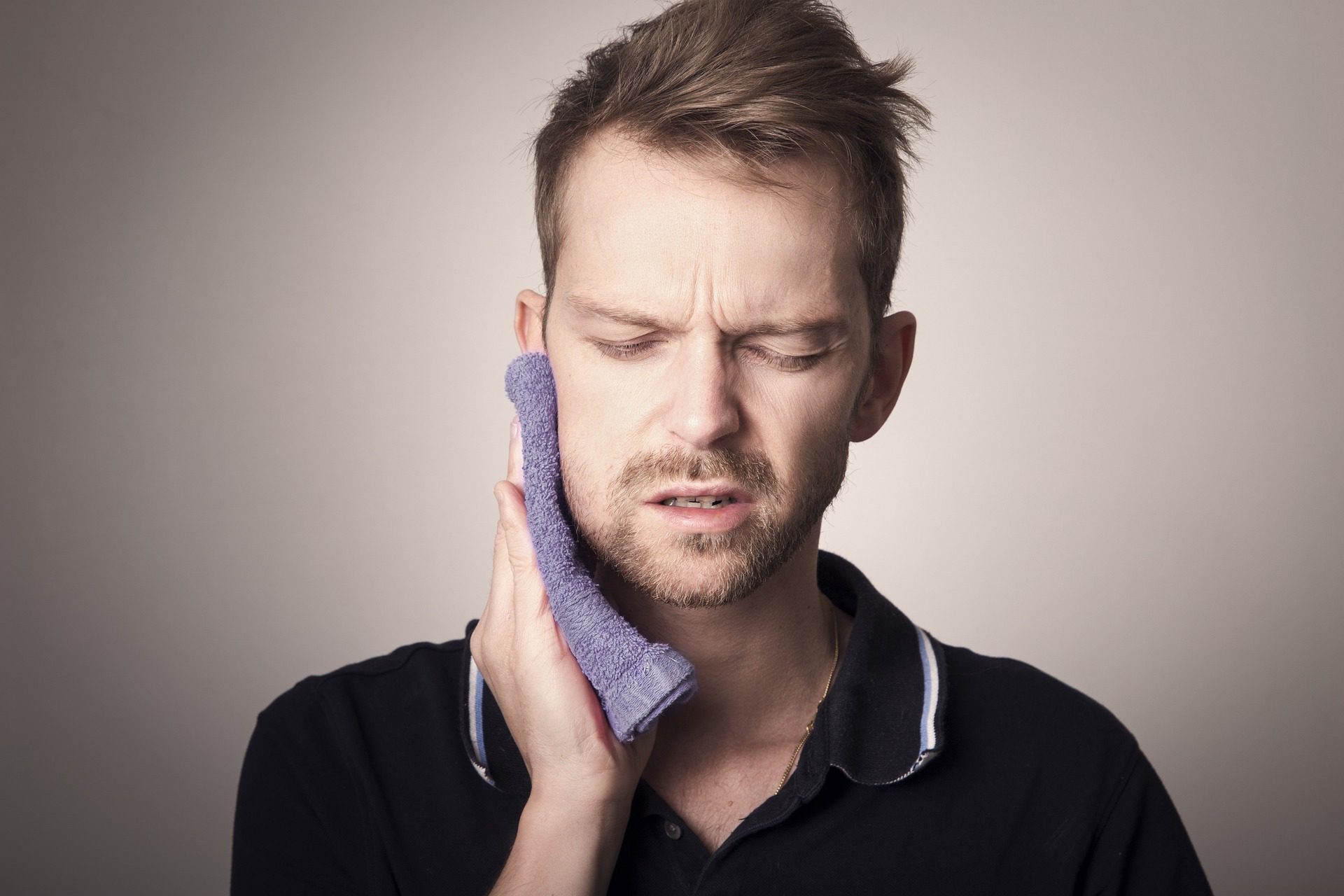Your belly growls intensely as you prepare a delicious sandwich and carrot sticks for lunch. You sit down to enjoy your long-overdue meal. The satisfying savoriness of the Ranch sauce on your carrot stick tickles your taste buds. Next comes a crunch. Then, tooth pain.
Lots of it.
You drop the carrot stick, grab your cheek, and close your eyes. Your appetite is suddenly gone. Chances are your tooth is cracked. You may be wondering how to fix a cracked tooth. Let’s explore how to tell if your tooth is cracked or broken and the treatment options available.
How To Fix a Cracked Tooth: Confirm the Crack First
Identifying cracked teeth at home can be challenging, as tooth cracks can be virtually invisible hairline fractures that even a dental X-ray will struggle to pick up. However, understanding the following indicators of cracked teeth may help you determine if your tooth is broken or cracked.
Biting and Chewing Pain
You may have a cracked tooth if you feel tooth pain when you chew or bite. You may not feel this discomfort during every meal. Instead, specific foods may trigger the pain. Biting in a particular way might also lead to tooth pain.
Periodic Pain
Another warning sign of a cracked tooth is the absence of ongoing pain. Abscesses (collections of pus) and cavities usually cause constant pain, but the pain associated with cracked teeth is typically occasional. If your pain isn’t persistent, you likely have a fractured tooth.
Tooth Sensitivity
Does your tooth feel more sensitive than normal? Suppose you feel pain when you bite into a hot dish or drink a cold soda. You might even feel discomfort when consuming sour, sugary, or sticky treats. These are all indicators of a cracked tooth.
Gum Infection and Swelling
A bump on your gum near a tooth indicates an infection and may point to a tooth fracture. You might also notice your gum swelling around a tooth if it’s broken.
No Black Spots
Yet another sign of a fractured tooth is tooth pain with no visible sign of decay. People can sometimes tell they have cavities if they see black spots on their teeth. If you feel tooth discomfort but don’t see a hole in your tooth enamel (the hard outer layer of your tooth), your tooth may be cracked. Let’s examine how soon you should seek a dentist’s help with a fractured tooth and how to fix a cracked tooth.
How Soon to Seek Dental Care For a Tooth Crack
How quickly you should address a cracked or broken tooth will depend on your crack’s severity. A crack that affects the enamel only and causes no discomfort might not require immediate treatment. Your dentist may still recommend repairing the crack so it doesn’t worsen.
Suppose your tooth crack affects your tooth’s middle layer (the dentin) or inner layer (the pulp), or perhaps your crack stretches upward from your tooth’s root. Visit your dentist right away. This crack may lead to inflammation, sensitivity, and pain, as well as expose your tooth to infection.
While waiting for your dental appointment, you can take several steps to soothe pain from a cracked tooth. You may take a pain reliever like ibuprofen or acetaminophen. Consider also rinsing with salt water and placing a chilled compress on the jaw or cheek area. Avoid biting on the side that’s in pain, and don’t eat sweet, cold, or hot drinks and foods, which might trigger tooth sensitivity.
How To Fix a Cracked Tooth
A common method for repairing a broken or cracked tooth is a crown (cap), a filling, or dental bonding, depending on where the tooth is damaged. A crown is one of the best options for patients wondering how to fix a cracked tooth since it can hold the tooth’s sections together. A filling or dental bonding may be sufficient if only a tiny enamel piece has fallen off.
Filling procedures involve using resin (a tooth-colored material) to repair enamel and dentin cracks. A filling typically requires anesthesia to numb the area and drilling to eliminate the damaged tooth part. Bonding involves using resin to reshape or cover chips and cracks. Dental bonding doesn’t require drilling or anesthesia.
A major benefit of fillings is that they’re generally more durable; they can withstand greater biting forces. A dental bond is more likely to wear off or chip over time.
Let’s say your crack goes down to your tooth’s root. Root canal therapy may be necessary. Your dentist will remove your tooth’s infected pulp, clean your tooth’s inside surfaces, and seal the tooth with a filling to keep it from becoming reinfected.
You might wonder how to fix a cracked tooth if the crack goes beneath your gumline. Your dentist may recommend extracting the tooth. They may additionally prescribe an antibiotic if your tooth was infected.

Follow-Up Care For Cracked or Broken Tooth
Once you’ve learned how to fix a cracked tooth and undergo the necessary dental treatment, you must care for your teeth properly at home. This includes brushing twice daily and flossing once per day. Visiting your dentist for regular cleanings and dental examinations is also critical for keeping your smile healthy.
Explore How To Fix a Cracked Tooth at Alondra Dental Care
At Alondra Dental Care, we take pride in providing a full range of treatments, including root canals, dental crowns, and tooth bonding, while delivering exceptional service. We can examine your teeth, show you how to fix a cracked tooth and other dental problems, and regularly check your teeth to keep them in good condition.
We’re passionate about genuinely listening to you and helping you maximize your health. We will always communicate what to expect and we offer sedation options when you partner with us for treatment. You may even bring music and headphones to make your experience in our office more relaxing. Are you ready to take your smile to the next level? Request an appointment today!




